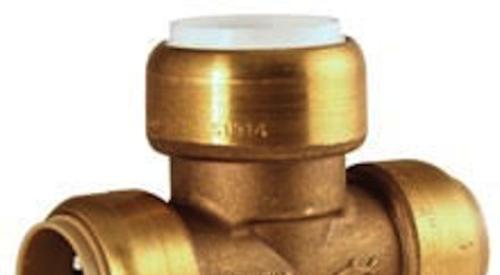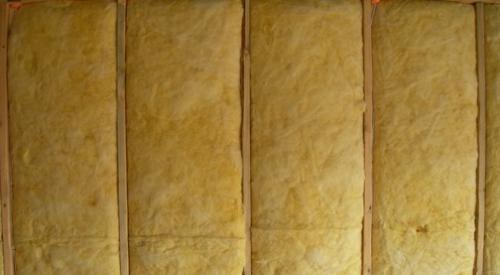|
Sewage from a home's buffer tank or "valve pit" automatically is vacuum-pumped through saw-tooth lines, which provide small grades, to a collection station and onto the wastewater treatment facility.
|
Installing conventional gravity-based wastewater lines may not be practical where the the land's grade is too low, the groundwater table too high (especially in coastal areas) or where rock or utility lines obstruct excavation.
A vacuum sewer system may be an economical alternative in projects above 100 homes, says Rich Naret, vice president and national sales manager with Airvac Inc., a Rochester, Ind.-based producer of vacuum sewer systems. Jurisdictions typically approve trenches only 3 to 5 feet deep for vacuum sewer systems versus deeper grav-ity trenches. Sewer pipe is 4 to 6 inches in diameter versus the conventional 8 inches or more. The vacuum system also eliminates manholes, and a single vacuum station replaces up to six conventional lift stations, which can increase lot/product yield.
Installed in more than 200 U.S. developments, the system has been recommended by Richard Foster, president of Baymark Construction. Foster used and subsequently expanded his vacuum sewer system at the Bay Creek resort community in Cape Charles, Va.
For more information, 813/855-6297 or visit www.airvac.com.











